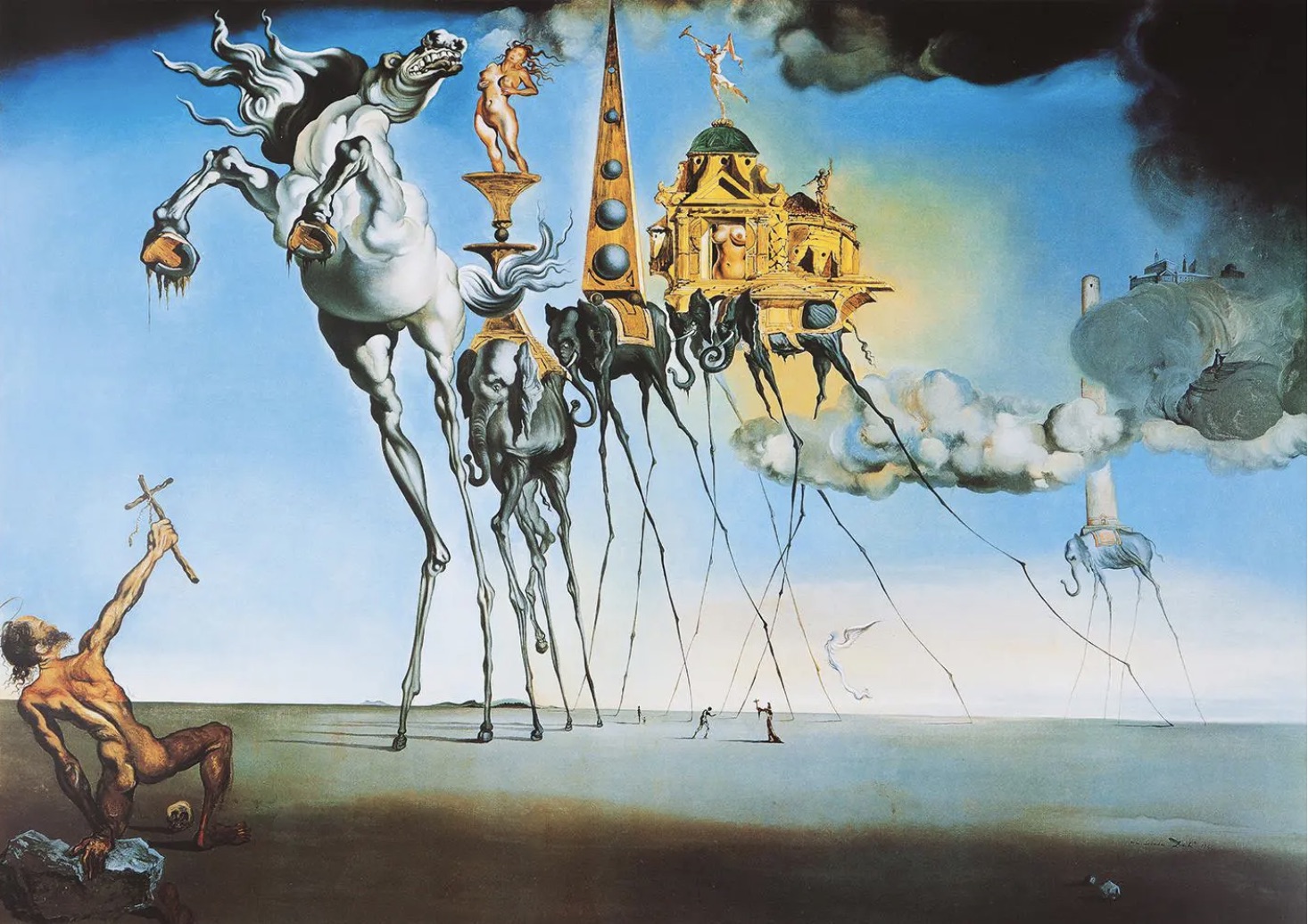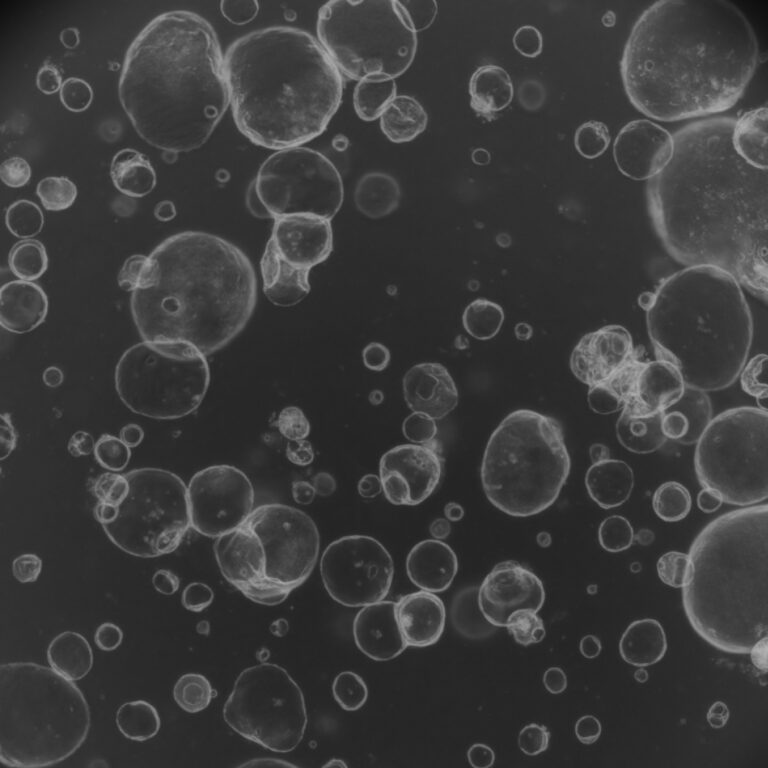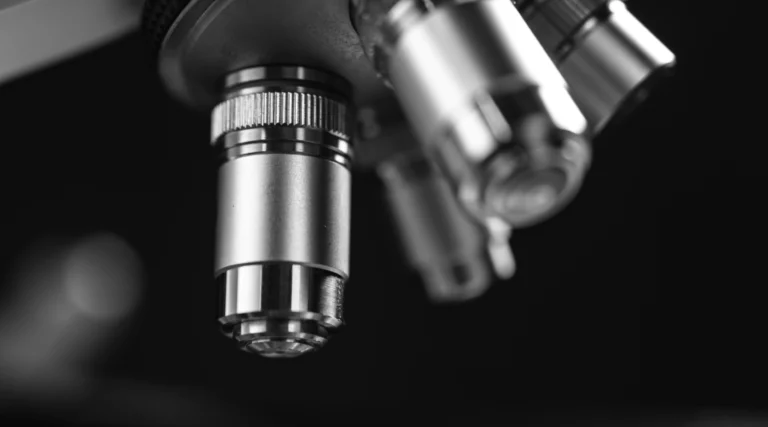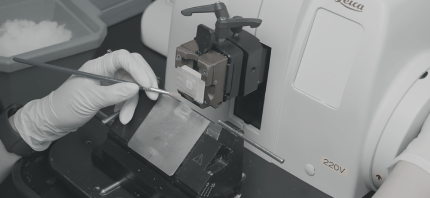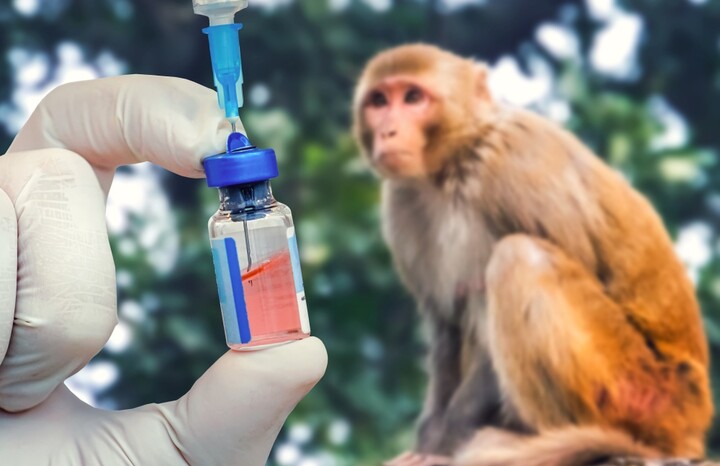Salvador Dali, the master of 20th-century surrealist art, concealed unique biological elements in his works. In his paintings, Dali bizarrely transformed human and animal forms, exploring the essence of life and the human unconscious. In his masterpiece “The Persistence of Memory,” melting clocks not only suggest the fluidity of time but also imply the potential for biological transformation. “The Temptation of St. Anthony” with its elephants on stilt-like legs exaggerates animal features, stimulating evolutionary imagination.
The distorted human bodies frequently appearing in Dali’s works seem to foreshadow concepts of genetic manipulation or mutation. His painting “Metamorphosis of Narcissus” blurs the boundary between humans and nature, hinting at ecological interconnectedness.
Art critic John Berger commented, “Dali’s work raises questions about the nature of reality through the plasticity of biological forms.” Dali’s surrealistic expressions go beyond mere fantasy, offering deep insights into life and consciousness. Ultimately, Dali’s art explores the essence of human existence through biology, blurring the lines between science and art. His works continue to be a source of biological imagination to this day.
